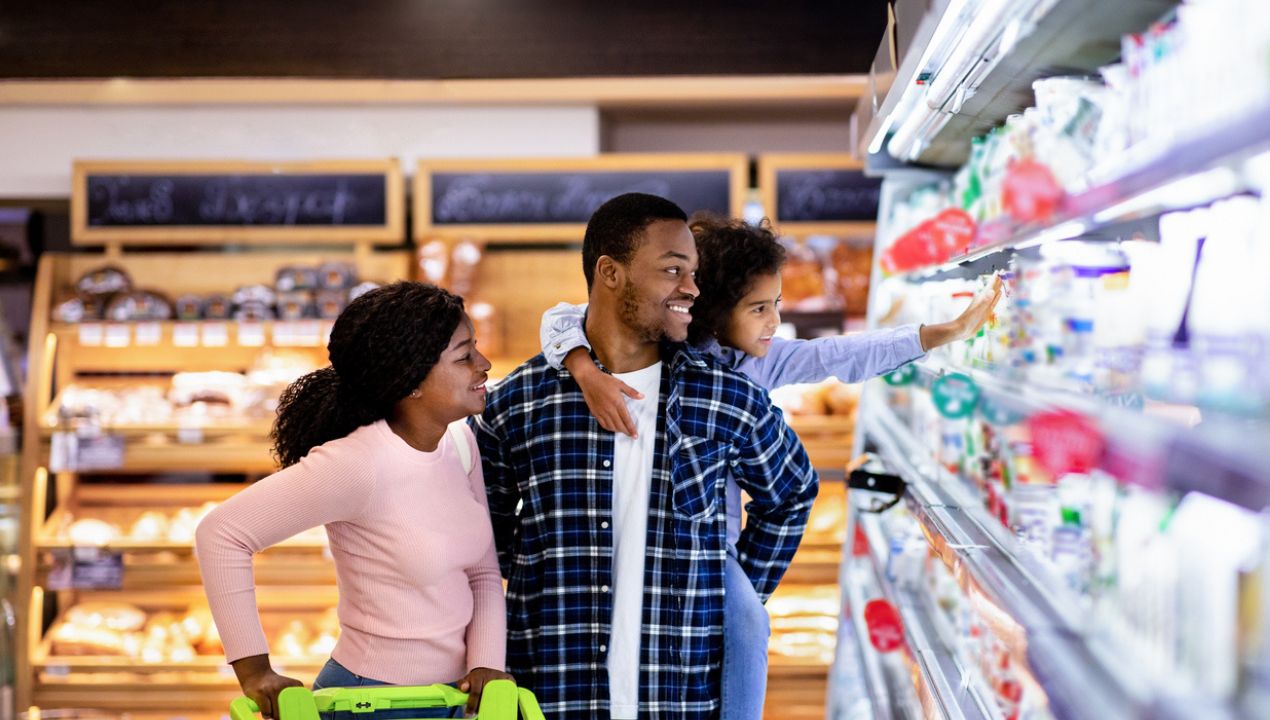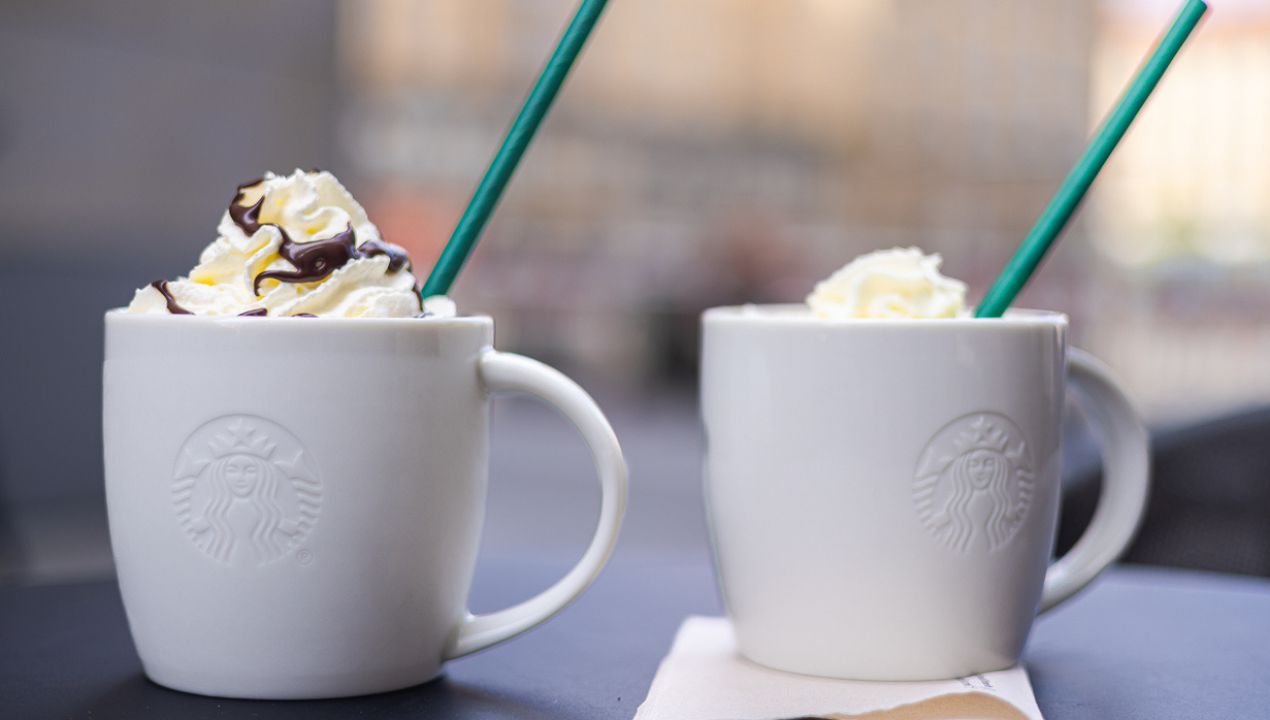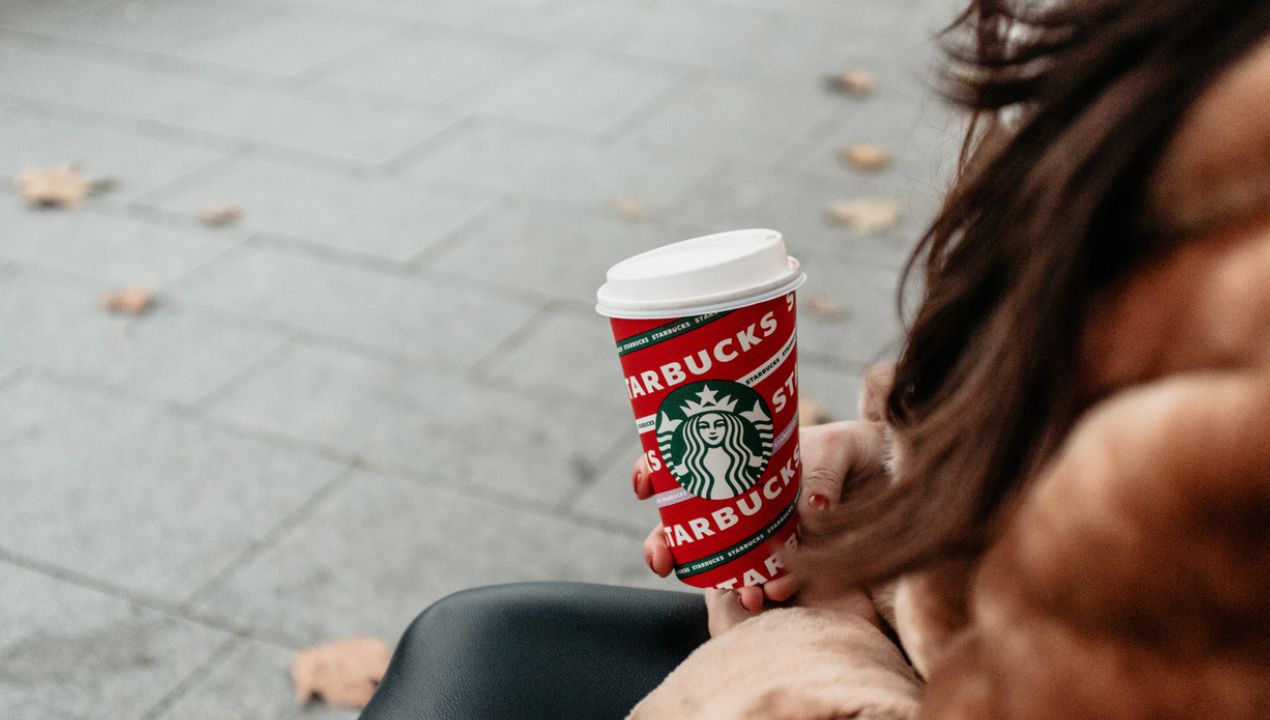People always say college is a learning experience that goes way beyond lectures and textbooks. And they’re right — I’ve learned how to manage my time, take care of myself, and most recently, how to spend less money as a student.
When you’re responsible for buying all your own essentials, that weekly grocery bill (or dorm decor haul) can sneak up on you. And while I still love surprise care packages from my mom, I know I can’t count on them forever.
So, if you’re also trying to stretch your student budget without sacrificing everything fun, here’s one of my favorite tricks — and it all starts with your phone.
Download a Shopping Rewards App
There are tons of ways to spend less as a college student — stay in more, eat out less, volunteer, live off ramen (we’ve all been there). But even with all that, I found myself going over budget at the store. That’s when I discovered the magic of shopping rewards apps.
The best ones work at a variety of stores, are easy to use, and actually fun (unlike Chem 101). They should fit into your normal routine so that saving doesn’t feel like a chore.
Why I Use Shopkick
After trying a few apps, Shopkick became my go-to. Here’s why:
-
You earn points (called kicks) for everyday shopping activities — like walking into stores, scanning items, or making purchases.
-
You can also earn kicks online by visiting websites, watching videos, or shopping with your retailer accounts that are linked in the app.
-
It works for both in-person and online shopping, so it fits into my busy schedule.
Using Shopkick seriously feels like turning every errand into a mini scavenger hunt — which makes it way more enjoyable than just picking up toothpaste and cereal.
Turn Kicks Into Gift Cards
Here’s where the real savings come in: once you collect enough kicks, you can redeem them for gift cards to major stores like Target, Walmart, and Amazon. That means you can get your dorm supplies, snacks, or next go-to hoodie without dipping into your bank account.
Spend Less, Stress Less
Shopkick has made a big difference in how I manage money as a student. It’s rewarding (literally), fun to use, and a smart way to make your budget go further. I even find myself looking forward to shopping, which is a big shift from seeing it as just another expense.
So, consider this your cram session on how to spend less in college. You might not remember every detail, but if you remember one thing, make it this: Shopkick is your new budget-friendly bestie.
Download the app today and start earning your kicks — because being a student is expensive enough.












